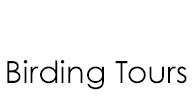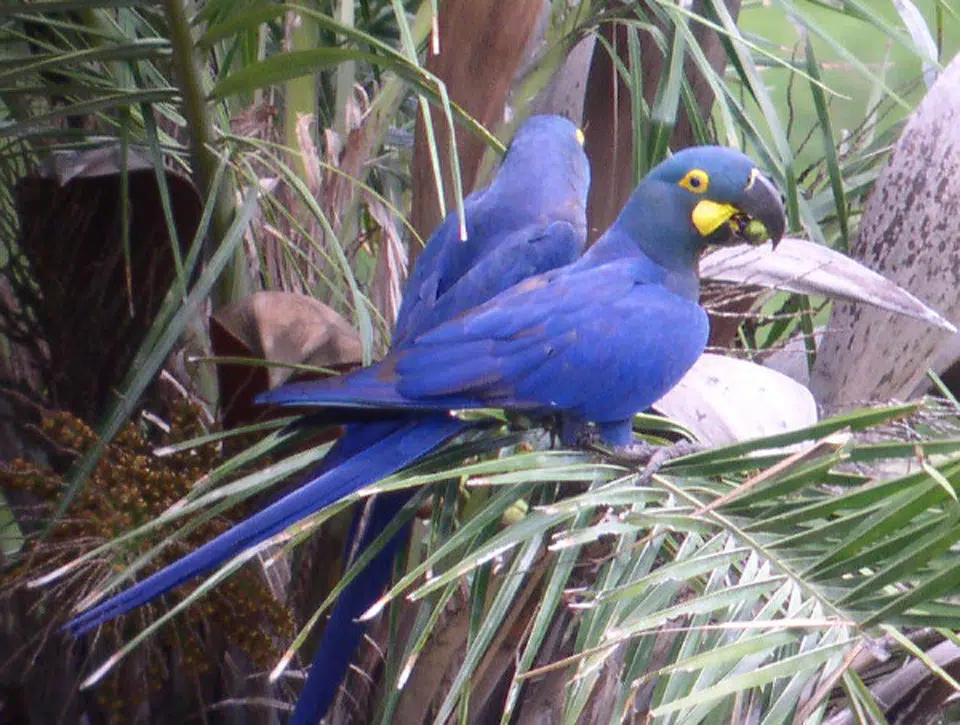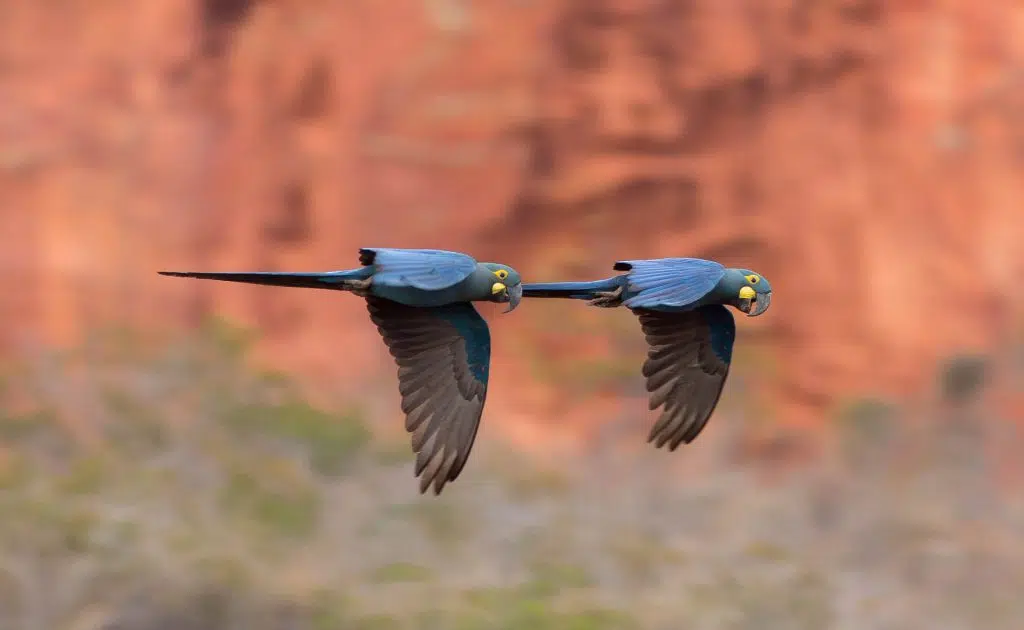What makes a good cup of coffee? What makes a good birding destination? Ah, the key questions of life! Surprisingly, the two are not independent of each other…at least, not in Guatemala, where sipping a delicious cup of Antiguan joe can easily be synonymous with Spotted Nightingale-Thrushes probing rank leaf-litter or Azure-rumped Tanagers searching for fruiting fig trees in a sun-rich canopy.
In Guatemala and other parts of Central America, delicious coffee and bird conservation develop in two ways: either by careful management of shade-grown coffee preserving a diverse canopy overhead, or by growing the more traditional “sun” coffee but protecting surrounding native habitat in its original state. Most coffee in Guatemala is at least partially shade-grown. Each method has its drawbacks for wildlife–the reality of this bold brew. However, as with many other agricultural commodities, striking the right balance of production with education and awareness can minimize the impact on our environment.

At Field Guides we work with several coffee fincas to offer participants on our two distinct itineraries (Thanksgiving and February/March) a unique “bed-and-breakfast” style experience complete with excellent birding. The finca owners take great pride in sharing with our groups the history of their properties, many of which have been family-run for generations–Finca Los Tarrales and Finca Los Andes are two such examples on our February tour.

Finca Las Nubes, which we visit on both itineraries, is one of the oldest operational coffee fincas in Guatemala, dating back more than 150 years and made famous in the early photos of Eadweard Muybridge (wild first name, eh?–read more about his work here). Sitting on the deck of the original plantation home at Las Nubes, one can’t help but feel transported back to the days when coffee was moved from the plantation on the backs of mules to steamships waiting in port. Whether you drink it or not, coffee’s impact on world politics and economies (dating back centuries) is also an interesting history lesson. On each finca, we explore the growing, processing, shipping, roasting, and tasting (in a cupping session) of the golden bean. And if you want to be truly informed, feel free to discuss with the owners issues of quality, distribution, trading and buying, Starbucks or The Rainforest Alliance, and more.


Coffee grows well on the fertile volcanic soils of the Pacific Slope, but not so well in the humid tropical lowlands of the Petén, the vast, largely forested northern lowlands of Guatemala. It is here we also visit on our new Thanksgiving tour one of the premier cultural destinations in the world: Tikal. Tikal was declared a UNESCO World Heritage Site in 1979 and is one of the best preserved (and studied) of the Classic Mayan sites. It goes without saying that seeing the ruins of Tikal is an experience akin to visiting the pyramids of Egypt or the Great Wall of China. Images of Temple I or II are etched in all our minds from perusing the pages of National Geographic or watching a documentary on The Discovery Channel. We understand the importance of a site such as Tikal, which is why we will spend time with a local guide to learn as much as possible about its history and importance in Mayan and current Guatemalan culture. Granted, as we walk between the temples and ponder a game in the ball court, it will be hard to not be distracted by the calls of Ocellated Turkey, croaking Keel-billed Toucans, or a darting Orange-breasted Falcon–for Tikal certainly is a great birding destination, too. After all, Tikal National Park was one of the first such reserves established in Guatemala and covers a vast expanse of more than 142,100 acres of tropical lowland forest.

To round out our experience in Guatemala, one both educational and informative, we’ll be targeting a select group of very special birds of the region. One is endemic to northern Central America: the Pink-headed Warbler (Ergaticus versicolor) is found in the pine-oak highlands of southern Mexico and Guatemala. Its appearance is highly unusual among Parulids–only the Red Warbler of Mexico is comparable, but the Pink-headed’s reddish hue is tastefully tinseled with silver on the head. Fellow Field Guide Alvaro Jaramillo has called this species the “Frosty-headed” Warbler, a good name for it, and we know of several spots where we can find this special bird.
What makes a good Thanksgiving? We think our unique new birding adventure to Guatemala this November with birds, coffee, and Tikal has all the fixings! Let’s celebrate together!
[And how about this for a Las Nubes Thanksgiving menu: slow-roasted turkey, homemade stuffing, fresh cranberry sauce, mashed sweet potatoes, local steamed corn, and the best pumpkin pie in Guatemala–mmmm!]












